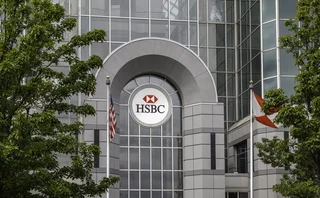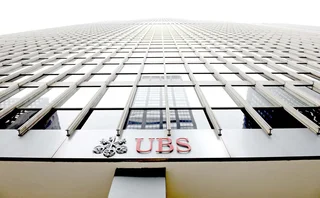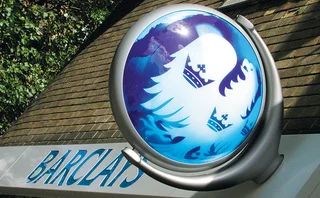

Liquidity risk up 163% at Ice Clear Credit in Q4
Rate hike expectations led to the highest level on record of contributions to the CCP’s default fund
Changes to the risk profile of a number of Ice Clear Credit’s clients prompted the central counterparty (CCP) to revise its estimate of the worst-case payment obligation that would have to be met should one of its participants collapse.
The projected largest multi-day payment obligation was set at $1.7 billion in Q4, up 163% quarter on quarter and at its highest level since Q3 2020. The largest
Only users who have a paid subscription or are part of a corporate subscription are able to print or copy content.
To access these options, along with all other subscription benefits, please contact info@risk.net or view our subscription options here: http://subscriptions.risk.net/subscribe
You are currently unable to print this content. Please contact info@risk.net to find out more.
You are currently unable to copy this content. Please contact info@risk.net to find out more.
Copyright Infopro Digital Limited. All rights reserved.
As outlined in our terms and conditions, https://www.infopro-digital.com/terms-and-conditions/subscriptions/ (point 2.4), printing is limited to a single copy.
If you would like to purchase additional rights please email info@risk.net
Copyright Infopro Digital Limited. All rights reserved.
You may share this content using our article tools. As outlined in our terms and conditions, https://www.infopro-digital.com/terms-and-conditions/subscriptions/ (clause 2.4), an Authorised User may only make one copy of the materials for their own personal use. You must also comply with the restrictions in clause 2.5.
If you would like to purchase additional rights please email info@risk.net
More on Risk Quantum
Morgan Stanley marks biggest risk category swing in 2025 G-Sib test
Substitutability overtakes complexity at US bank for first time
Six FCMs set record lows for target residual interest share
Brokers’ own resources are outpaced by customer funds
One in 10 property loans at EU banks threatened by climate hazards
Helaba remains the most exposed among peers, with both residential and commercial books linked heavily to climate risks
BoE lowers capital benchmark for first time in a decade
Drop to 13% envisages 0.5pp decline in Pillar 2 add-ons after Basel III
Chinese banks narrow gap to US on systemic risk
Smallest ever distance between two countries in FSB assessment after China surges 160bp
HSBC North America posted most loss-making days in Q3
The foreign IHC traded in the red 43 out of 64 days, the highest among 32 banks analysed
UBS halved Level 3 assets in 2024
Mark-to-model assets had swelled after the Credit Suisse takeover
Barclays Capital F&O funds jump past $20bn, narrowing gap with Citi
Customer and total funds rose in early November as most FCMs reported declines








